The Vikings were a fierce and formidable people who lived in an era of constant battles, raiding, and conquering.
Although their way of life may seem barbaric by today’s standards, there are many valuable lessons that can be learned from their culture and way of life.
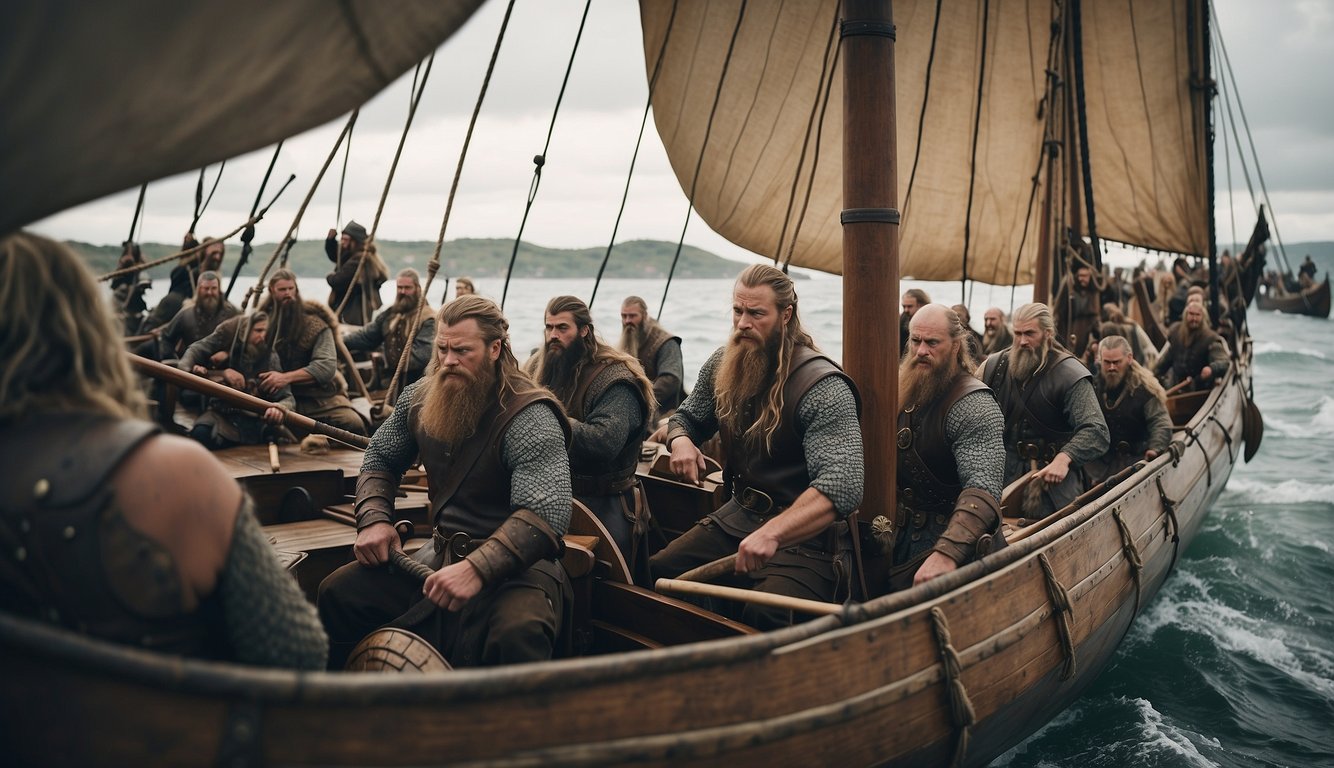
One of the most important lessons we can learn from the Vikings is the importance of embracing mortality. The Vikings lived in a time where death was a constant threat, and they did not fear it. Instead, they celebrated the death of leaders and war martyrs in big ways, believing that death was just a passage to another world. Ship burial was a common tradition, and it was believed that the ship would carry the dead to the afterlife.
Another lesson we can learn from the Vikings is the importance of exploration. The Vikings were known for their thirst for discovery, and they traveled as far as Iceland, Greenland, and North America. They founded an empire that became Russia, and they explored the world with a sense of adventure and curiosity.
Today, we can learn from their example and embrace the spirit of exploration in our own lives, whether it be through travel, learning new skills, or trying new experiences.
Viking Society and Culture
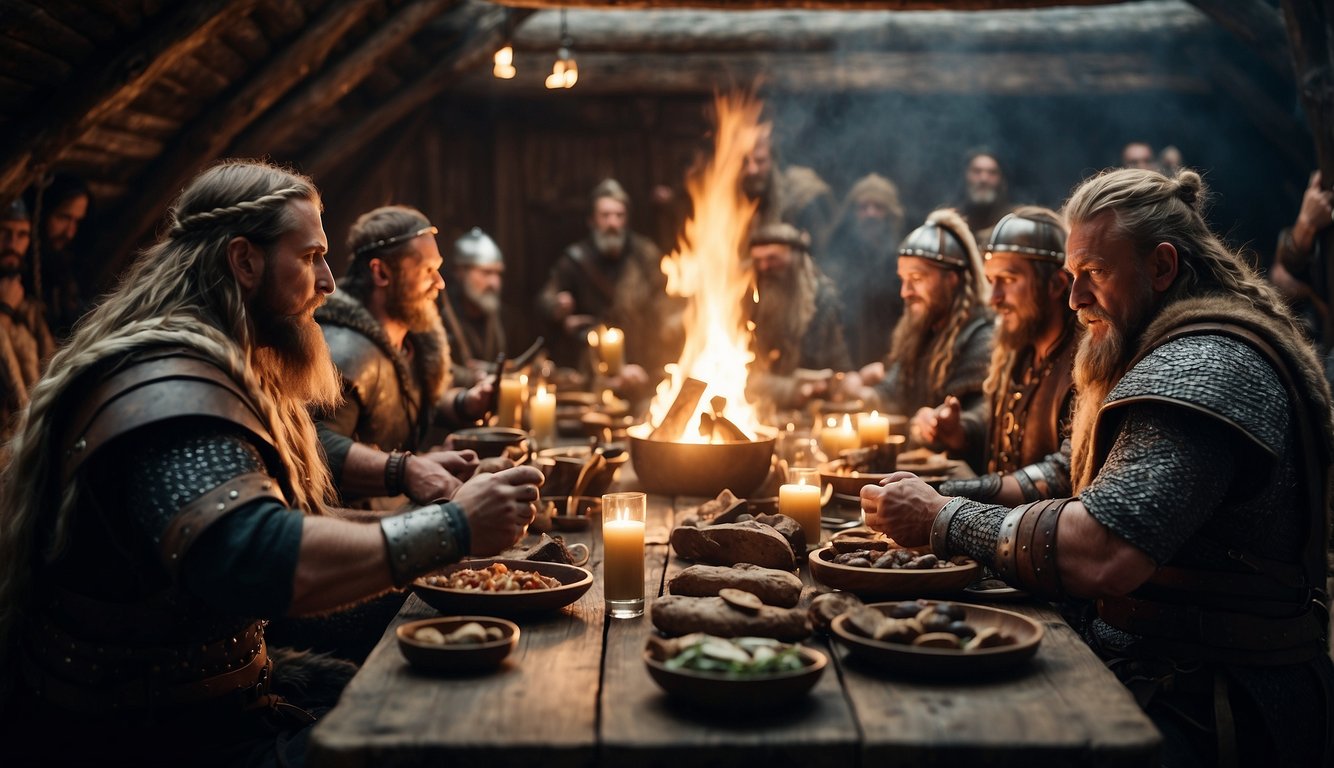
Social Structure and Community
Viking society was highly stratified, with a distinct hierarchy of social classes. At the top were the jarls, or aristocracy, who held most of the wealth and power. Below them were the karls, or freemen, who owned land and were responsible for providing military service to their jarls. At the bottom were the thralls, or slaves, who were considered property and had no rights.
Despite these class distinctions, Viking society was also highly communal. Villages were tightly knit, and everyone had a role to play in the community. Women, for example, were responsible for managing households and often had significant influence over their husbands and sons. Meanwhile, children were also valued members of the community and were expected to contribute in whatever ways they could.
Language and Sagas
The Vikings spoke Old Norse, a Germanic language that is the ancestor of modern Scandinavian languages. Old Norse literature, including the Icelandic sagas, is some of the most important and influential in European history.
These sagas tell stories of heroic deeds, battles, and exploration, and offer a fascinating glimpse into Viking life and culture. Today, Old Norse is still studied by scholars and enthusiasts alike, and there is a growing interest in Viking history and mythology. Learning Old Norse can be a rewarding way to connect with this rich cultural heritage.
Spirituality and Mythology
The Vikings had a complex system of beliefs that was closely tied to the natural world. They worshipped a pantheon of gods and goddesses, including Odin, Thor, and Freyja, and believed in the existence of a number of different realms, including Asgard (the home of the gods) and Helheim (the realm of the dead).
Norse mythology is full of fascinating stories and characters, and has had a lasting impact on Western culture. Many modern fantasy novels, movies, and TV shows draw inspiration from Norse mythology, and the popularity of Viking-themed media shows no signs of slowing down.
Vikings in Action
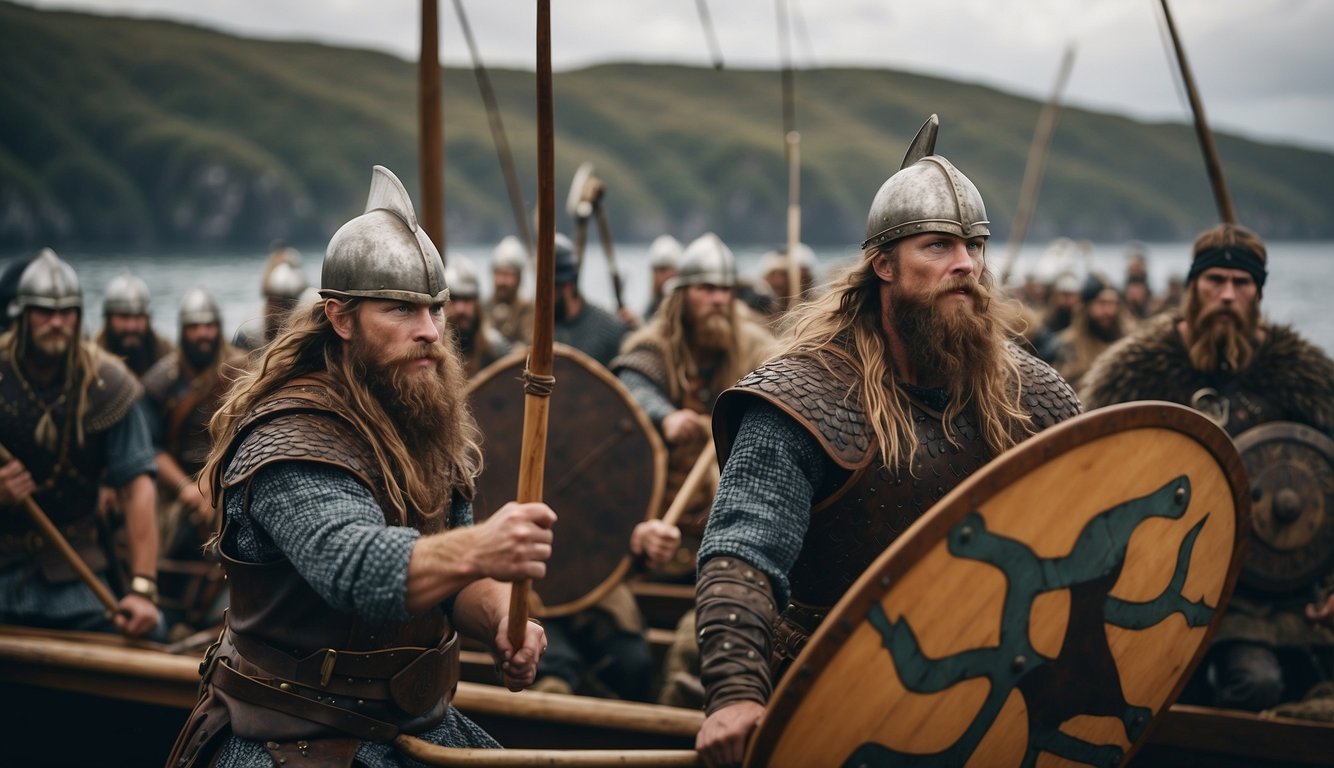
The Vikings were a complex and multifaceted people, with a culture that was shaped by trade, exploration, and warfare. In this section, we will explore some of the key aspects of Viking life, focusing on their trade and exploration, raiding and settlements, and their expertise in warfare and navigation.
Trade and Exploration
The Vikings were known for their seafaring skills, which allowed them to travel vast distances and establish trade routes throughout Europe. They were skilled merchants, trading in everything from furs and timber to silver and slaves.
In fact, the Vikings were so successful as traders that they managed to establish settlements as far afield as Iceland and Greenland.
Raiding and Settlements
While the Vikings were adept at trade and exploration, they were perhaps best known for their raiding and pillaging. They would launch surprise attacks on coastal towns and settlements, plundering everything in sight before returning to their ships and sailing off into the distance.
However, the Vikings were not just raiders – they were also skilled at establishing settlements, and many of their settlements grew into thriving towns and cities.
Viking Warfare and Navigators
The Vikings were fierce warriors, renowned for their bravery and skill in battle. They were also expert navigators, able to navigate by the stars and the sun, and to read the winds and currents to chart a course across the open sea.
The Vikings were also known for their berserkers, fierce warriors who would enter a battle in a state of frenzied rage, striking fear into the hearts of their enemies.
Everyday Viking Life
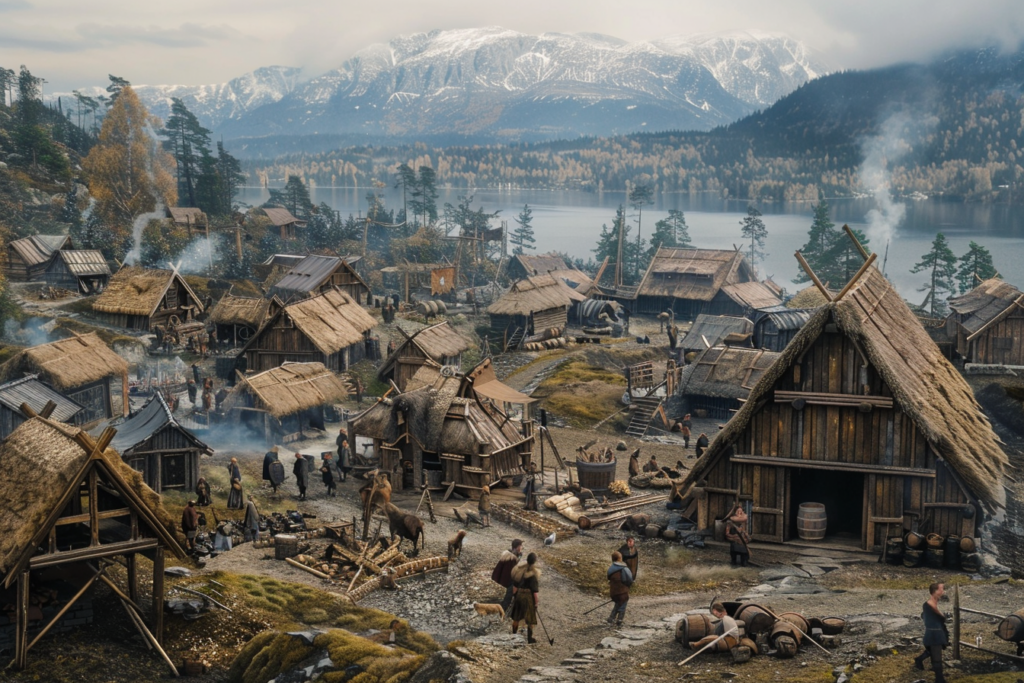
The Vikings were known for their fierce reputation as warriors, but their everyday life was quite different from what is often portrayed in popular culture. In this section, we will explore some aspects of their daily routine, including hygiene and personal care, diet and nutrition, and games and sports.
Hygiene and Personal Care
Contrary to popular belief, the Vikings were not dirty or unhygienic. In fact, they placed a great deal of importance on personal grooming and cleanliness.
They would bathe at least once a week, and some wealthy Vikings even had their own baths in their homes. They used razors, combs, and tweezers to keep themselves looking neat and tidy.
Diet and Nutrition
The Vikings were primarily farmers, and their diet consisted of crops such as oats, barley, and wheat, as well as vegetables and fruits. They also kept livestock such as pigs, cattle, sheep, horses, and chickens.
Fish was also a staple of their diet, as they lived near the sea. The Vikings were known for their mead, a fermented drink made from honey, and they also drank beer.
Games and Sports
The Vikings enjoyed a variety of sports and games. Skiing was a popular winter sport, and they also enjoyed wrestling, archery, and horse racing. Board games such as hnefatafl, a strategy game similar to chess, were also popular.
Viking Legacy and Modern Influence
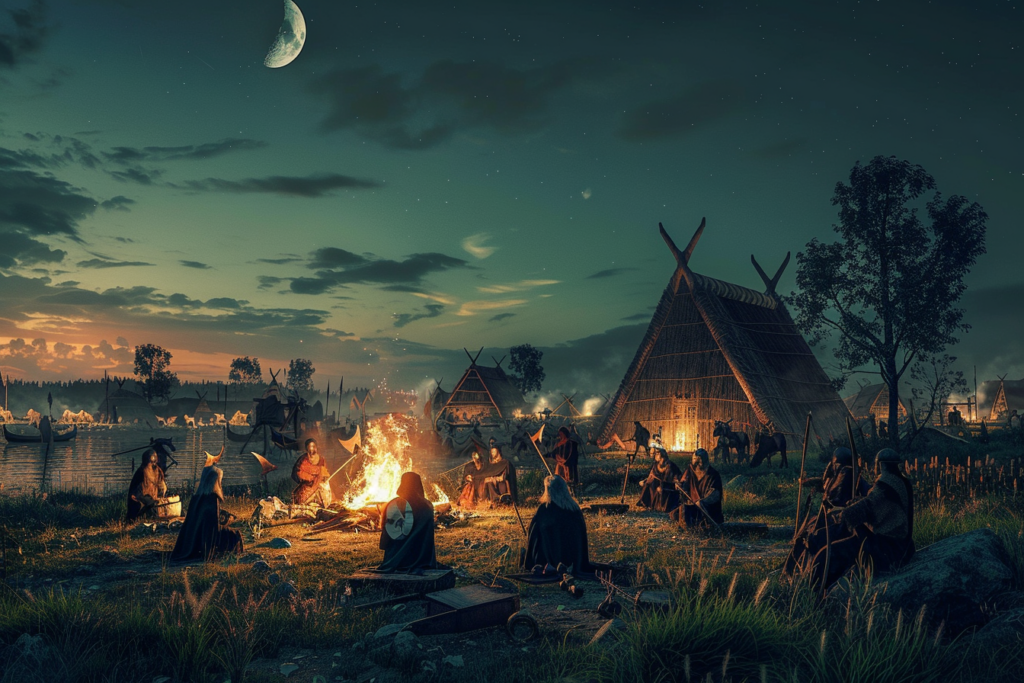
The Vikings were a seafaring people from Scandinavia who made significant contributions to human civilization. Their legacy continues to impact various aspects of modern society. In this section, we will explore the Norse legacy and lasting influence of the Vikings.
Impact on Modern Culture
Perhaps the greatest cultural legacy that the Vikings bequeathed us is the sovereign Scandinavian countries of Denmark, Norway, and Sweden. Before the so-called “Viking Age” (c. 793 – 1066 CE), the Scandinavian peninsula was a fragmentary collection of cultures, societies, peoples, and polities.
Today, the Vikings are celebrated in popular culture through movies, TV shows, and video games.
Language and Literature
The influence of the Viking language on English extends far beyond a handful of words; it’s woven into the very fabric of the language, influencing grammar and syntax.
For instance, the use of ‘they’, ‘them’, and ‘their’ as pronouns in English has its roots in Old Norse. The Vikings’ linguistic legacy is a vivid mosaic, coloring not only English but also the Scandinavian languages.
The Vikings’ sagas and tales are some of the most fascinating and enduring works of literature in human history. Written in Old Icelandic, these stories provide a glimpse into Viking society and context. From the epic tales of gods and heroes to the more prosaic accounts of daily life, the sagas offer a rich tapestry of Viking life and culture.
Lessons for Today’s World
The Vikings were skilled seafarers, traders, and explorers. They were also fierce warriors who valued courage, loyalty, and honor.
Today, we can learn from their STEM innovations, such as shipbuilding and navigation, and their advancements in technology, such as ironworking and weaving.
Moreover, the Vikings’ legacy offers valuable lessons for today’s world. Their emphasis on community, cooperation, and mutual support can serve as a model for modern society.
The Vikings’ resilience in the face of adversity and their willingness to adapt to changing circumstances are qualities that we can all strive to emulate.

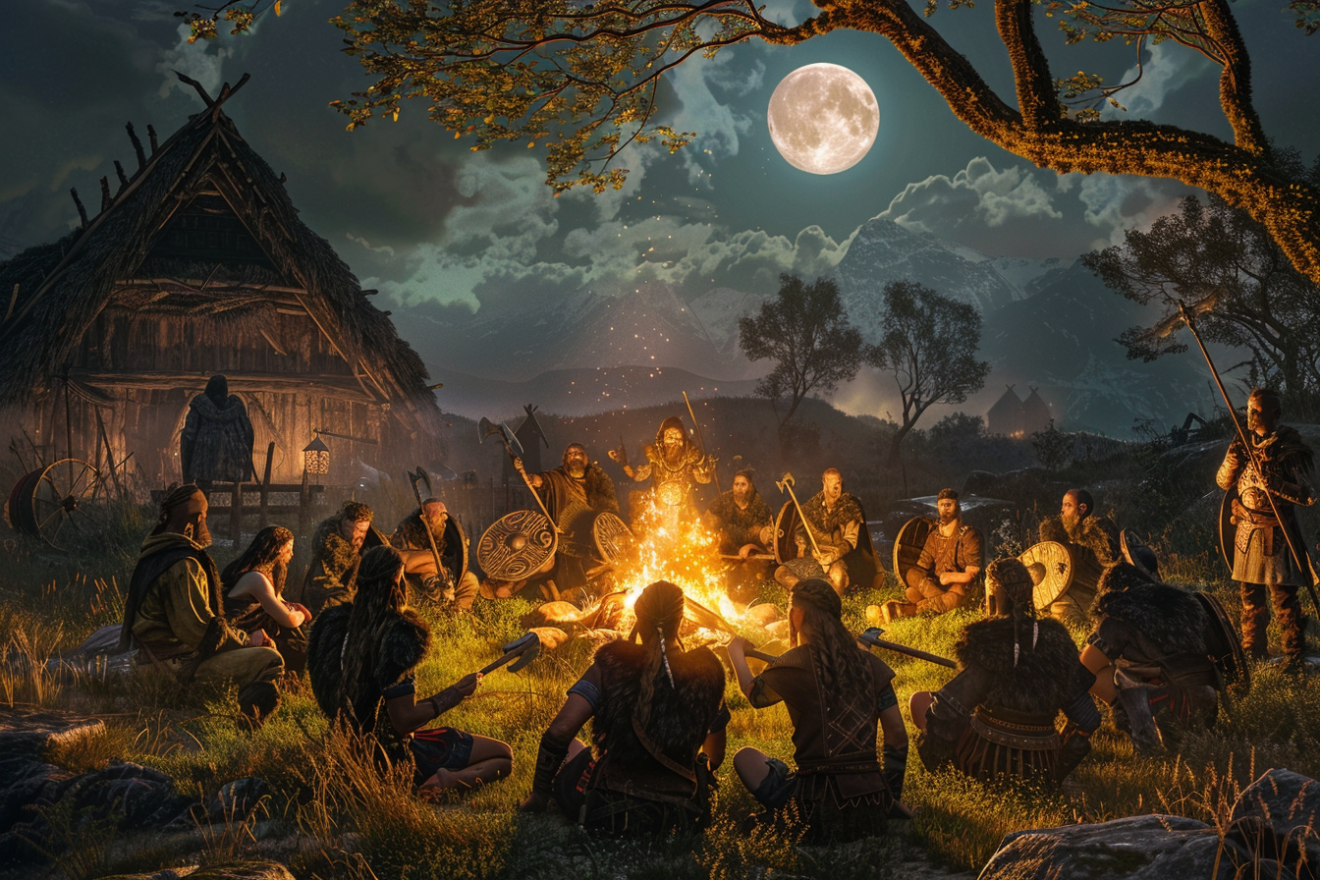
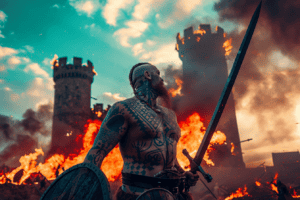
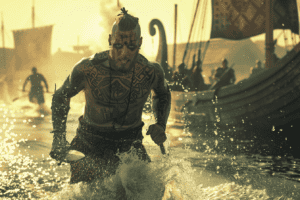






Add Comment